Realizing Children’s Rights in the Central African Republic
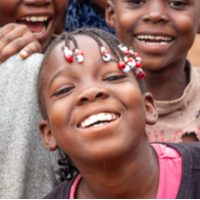
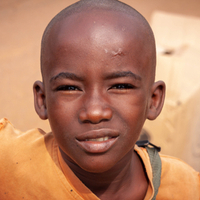
Children in the Central African Republic are often unable to enjoy fulfilment of their rights due to the difficult context in which they live. Children are vulnerable to serious risks which undermine their rights, including the recruitment of conflict, use of child soldiers, child labour, obstructed access to education and forced displacement.

Children’s Rights Index: 4,44 / 10
Black level : Very serious situation
Population: 4,7 million
Pop. ages 0-14: 44 %
Life expectancy: 53 years
Under-5 mortality rate: 116 ‰
Central African Republic at a Glance
The Central African Republic is a Sango and French-speaking land-locked country in the centre of the African continent. It is amongst the poorest and most food-insecure countries in the world, in spite of its rich mineral reserves and resources. The Central African Republic has been embroiled in a violent civil war since 2012, and ongoing conflict has led to at least 2.6 million Central African people, including 1.2 million children, being in need of urgent assistance and 1 million being forcibly displaced (Haynes, 2019; UNICEF, 2020).
In the Central African Republic, children make up a vast part of the country’s population as nearly half of all Central Africans are less than 14 years of age (SOS Children’s Villages, 2020; Guterres, 2020). In 2018, 71% of the population were living below the international poverty line (World Bank, 2020) In spite of over half the country’s population being in need of humanitarian assistance, the humanitarian response plan remained seriously underfunded (HRW, 2019).
Seventy-five years of brutal European colonialism, from 1885 to the country’s independence in 1960, had and continues to have a devastating impact upon the Central African Republic, and paved the way for many of the difficulties the country continues to face today. During the Scramble for Africa the country was invaded by France who went on to strip assets from the land and allow private corporations to terrorise much of the population who were pushed into forced labour where they harvested coffee, cotton, rubber and other local resources for the wealth of their European slavers. The violence of the forced slave labour that led to the construction of the Congo-Ocean Railway killed over 17,000 people (BBC, n.d.; Hochschild, 2017).
In spite of over three years of rebellion against colonisers in the early 20th century, through the ‘Baya War’ rebellion, the Central African Republic did not gain independence until 1960, after which France continued to play a central role in its socio-economics (Hochschild, 2017). Child rights in the Central African Republic unfold in a highly complex and difficult context of war, the climate emergency, post-colonialism and the neoliberal international order. Measures have been taken by the nation in recent years to improve the country’s child protection framework, but there remain prevalent day-to-day and structural challenges seriously impacting children’s lives.
Status of Child Rights [1]
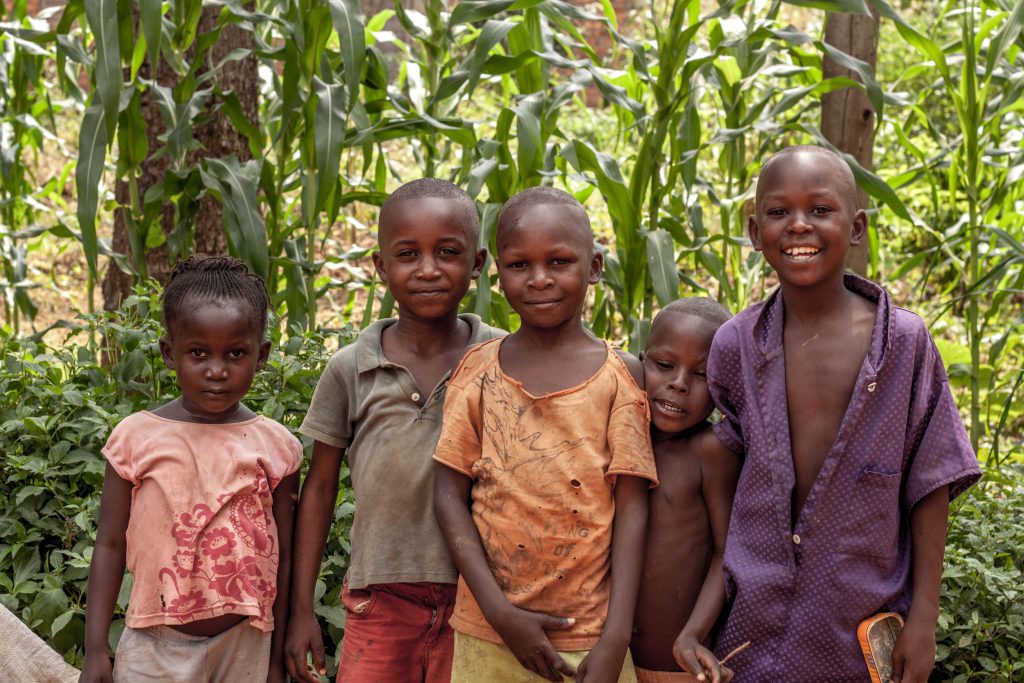
In the Central African Republic, there exists an established national legal framework for the protection of child rights, and the country has ratified key international child rights treaties including the Child Rights Convention (CRC) and both of its Optional Protocols. In 2005, the Central African Republic government ratified the African Charter on the Rights and Welfare of the Child. In 2017 it also ratified the Optional Protocol to the CRC which prohibits the involvement of children in armed conflicts. The country is not, however, a party to the 1980 Hague Convention on the Civil Aspects of International Child Abduction.
The Central African Republic Constitution explicitly prohibits violence against women and girls, whilst national legislation criminalises the procurement, performance, arrangement or assistance of acts of female genital mutilation. There appears to be a broad lack of enforcement of these laws, however, with no serious crimes prosecuted since 2013 and many groups having carried out sexual violence with impunity. In 2016, the UN Human Rights Council noted that the Central African Republic’s “criminal justice remains practically non-existent” and that, between 2015 and 2017, the Criminal Court of Bangui held only one session following a five-year period of inactivity (Human Rights Council, 2016).
The lack of resources and staff remains a major obstacle, and, outside of Bangui, access to judicial resources is even more limited (28 Too Many, 2018). Although there are important provisions in place for the respect of child rights, then, gaps in the national legal framework and its enforcement leave children vulnerable in terms of their judicial protection, the upholding of their rights and accountability for any violations thereof.
Addressing the Needs of Children
Right to Life
The under-five mortality rate of children in the Central African Republic is the sixth highest in the world, with 116 of every 1000 children losing their lives before their fifth birthday (UNICEF, 2020). Although this rate is on the decline, and has reduced in recent decades, it poses a serious threat to Central African newborns’ and infants’ right to life, as does the high rate of maternal mortality (World Bank, 2020). Children’s right to life is enshrined by Article 6 of the CRC which stipulates that all children have the right to survival and development. In his 2019 report, the United Nations Secretary General reported that there had been at least 96 children recorded as killed or maimed by an armed group in the year, some as young as 6 months old, with further child casualties resulting mainly from shootings (Guterres, 2019).
National law criminalizes parental abuse of children younger than 15. The Mixed Unit for the Repression of Violence against Women and the Protection of Children investigated 2,093 cases of child abuse between June 2017 and August 31, 2019 (U.S. Department of State, 2019). The ongoing conflict in the Central African Republic poses the most serious threat to children’s right to life, particularly in the most conflict-affected regions and in light of the common use of child soldiers, with other contextual challenges compounding this serious threat.
Right to Education
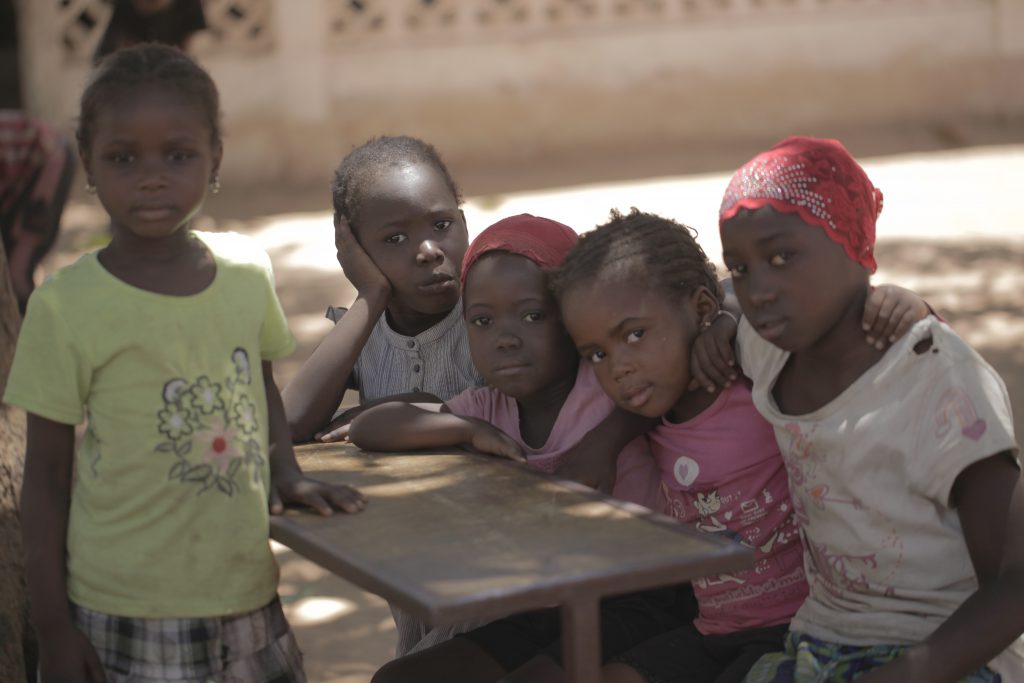
Education in the Central African Republic is compulsory from 6 to 15 years and is free of charge, but students have to pay for items such as books, supplies and transportation. The World Bank has estimated that 30% of children did not attend primary school and 22% did not attend secondary school, with girls having reduced and unequal access to education compared to boys. Very few indigenous Ba’aka children attend primary school and, according to the U.S. Department of State, there was no significant government assistance for efforts to increase the enrolment of Ba’aka children. This notable discrepancy shows that indigenous Central African children and girls often have a reduced access to their right to education (U.S. Department of State, 2019).
Even before the outbreak of the Covid-19 pandemic, a significant proportion of schools in the Central African Republic were closed due to conflict, with UNICEF quoting that 15% of schools were closed at the outset of 2020. All schools went on to be closed from April to September 2020 due to the pandemic, affecting almost a million children. SOS Children’s Villages reported that even when schools are open, attendance rates are extremely low with around just 41% of girls and 62% of boys attending primary school, whilst only a fraction of these children go on to complete their primary education. Access to education for children living in areas particularly affected by conflict is heavily reduced and few of these children are able to attend school (SOS Children’s Villages, 2020). Indeed, attacks against schools and the military use of schools continue to be reported (Guterres, 2020).
Right to Non-Discrimination
National law in the Central African Republic prohibits discrimination against disabled people but does not specify other forms of disabilities. The Ministry of Labour, of Employment and Social Protection’s Labour Inspectorate has responsibility for protecting children with disabilities, but programs to ensure access to buildings, information, and communications were not carried out. The penal code criminalises consensual same-sex activity. The penalty for “public expression of love” between two people of the same sex is imprisonment for six months to two years or a heavy fine. Social and judicial discrimination against LGBTQI+ people is thus common due to structural and cultural stigmatisation (U.S. Department of State, 2019).
Discrimination also exists against the Mbororo minority, as well as the forest-dwelling indigenous Ba’aka people. Indeed, violence against the Mbororo people (primarily nomadic pastoralists) was a serious problem. They suffer disproportionately from civic disorder in the north, and, since they are often seen as ‘foreign’ due to their transnational migratory patterns, Mbororo people can face discrimination in accessing government services.
Discrimination against the Ba’aka people, who constitute around 1 to 2% of the population, is also widespread. The Ba’aka people are habitually excluded from decisions affecting their lands, culture, traditions, and natural resources. Forest-dwelling Ba’aka people, in particular, experience social and economic discrimination and exploitation, which the government does little to prevent. The Ba’aka, including children, can be coerced into agricultural and domestic labour, and are even sometimes considered to be slaves by members of other local ethnic groups. It appears that Ba’aka people are effectively treated as second-class citizens who are often dehumanised and excluded from mainstream society (U.S. Department of State, 2019).
Right to Identity
Around 61% of children under 5 years old in the Central African Republic have their births registered, helping to uphold these children’s right to identity (UNICEF, 2020). Children derive citizenship by birth in the national Central African Republic territory or from one, or both, parents. Birth registration could be difficult and less likely to occur in regions with little government presence. Parents did not always register births immediately. Although most children’s births were registered, unregistered children faced restrictions on access to education and other social services. (U.S. Department of State, 2019).
Risk Factors → Country-Specific Challenges
Child Displacement
Fighting and attacks by armed groups in the Central African Republic, amidst ongoing conflict, forced 10s of 1000s of people to flee their homes throughout 2019. Fighting between the Popular Front for the Renaissance of the Central African Republic and the Movement of Central African Liberators for Justice forcibly displaced about 14,000 people. The total number of internally displaced persons in the country is over 600,000, with a similar number of Central African people being displaced outside of the country as refugees. Living conditions are very harsh for internally displaced people and refugees, most of whom reside in camps with negligible access to humanitarian assistance (HRW, 2019). While 350,000 displaced people returned to the country in 2019 – often to destroyed villages – one in five Central Africans have fled conflict (UNICEF 2020).
Child Labour
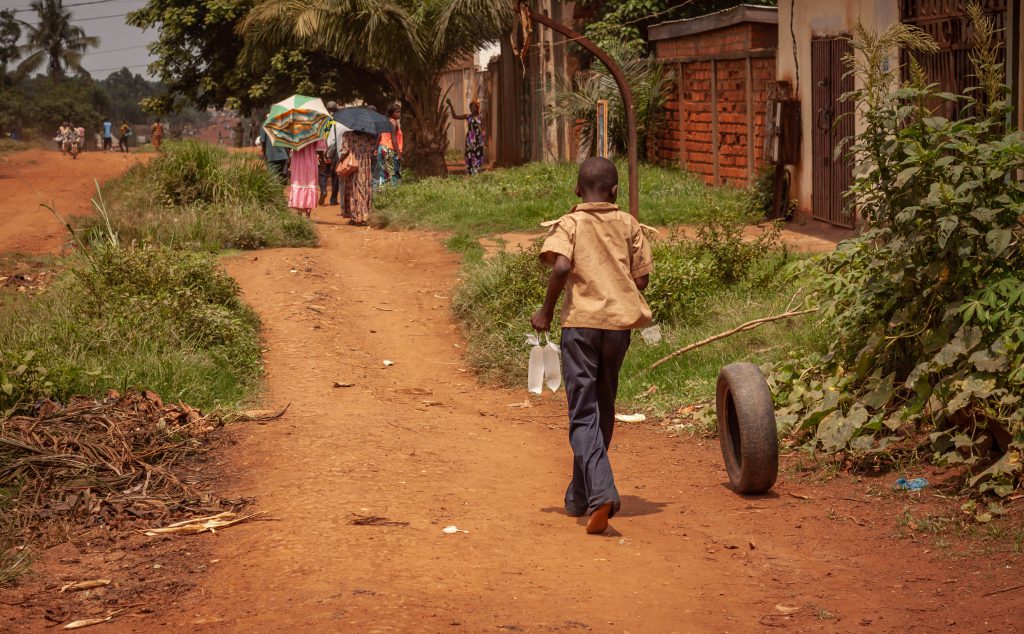
According to UNICEF, 31% of Central African children aged 5 to 17 are in work (UNICEF, 2020). The country’s labour code prohibits some of the worst forms of child labour. For example, children younger than 18 are prohibited from doing “hazardous work,” but the term is not clearly defined by the law. In addition, the employment of children under 14 years old is illegal without authorisation from the Ministry of Labour, of Employment and Social Protection.
The law, however, also stipulates that the minimum employment age may be 12 years old for certain types of “light” work, such as some agricultural or domestic activities (U.S. Department of State, 2019). Not only does this expose young children to risks of child labour, but it undermines Central African children’s right to an education because the minimum age for work is lower than the compulsory education age, meaning children may be encouraged to enter into work before education, or without having finished school.
There are numerous government policies related to child labour, including those to end the sexual exploitation and abuse of children and the use of children in armed conflict, but there is a lack of programs to eliminate and prevent child labour. Child labour is common in many sectors of the economy, especially in rural areas. Local and displaced children as young as 7 years old frequently perform agricultural work, including harvesting and helping to gather items for sale at markets. Children often worked as domestic workers, fishermen, and in mines, often in dangerous conditions. Although the nation’s mining code also prohibits child labour, the U.S. Department of State reported that children in the Central African Republic engage in the worst forms of child labour in diamond fields, transporting and washing gravel as well as mining gold, digging holes, and carrying heavy loads, in violation of their rights (U.S. Department of State, 2019).
Child Soldiers
Due to the ongoing conflict in the Central African Republic, the use of child soldiers is a particularly serious threat to Central African children and their rights. Since the Central African Republic’s conflict began in 2012, the UN reported that more than 14,000 children have been recruited by Séléka and Anti-Balaka militias, as well as by a number of other armed groups. Armed groups in the mainly Muslim Séléka coalition (now dissolved) and predominantly Christian Anti-Balaka militias, have used children as young as 8 years old as combatants, guards, human shields, porters, messengers, spies, cooks, and for sexual purposes. Some children are abducted, but many join militias ‘voluntarily’ to protect themselves or their communities. The situation is exacerbated by the fact that released children often return to communities where the same armed groups are still operating, meaning the risk of being re-recruited is high (Child Soldiers International, 2019).
Militias have used child soldiers from Basse-Kotto, Haute-Kotto, Mbomou, Nana-Grebizi, Nana-Mambere, and Ouaka. In spite of some national and international efforts to combat the use of child soldiers in the Central African Republic, such as a campaign against the enlisting of children in armed conflict that advocated for their protection and social reintegration, armed groups still use many thousands of children in combat and support roles throughout the country, whilst demobilised children face risks of re-recruitment. Inadequately funded reintegration programming, continuing instability, and a lack of economic opportunity throughout the country exacerbate the risks of re-recruitment among former child soldiers (U.S. Department of State, 2020).
Written by Josephine Thum
Last updated on 26 January 2021
References:
BBC (n.d.) In Pictures: Malaria Train.
CHILD SOLDIERS INTERNATIONAL (2019) Annual Report 2017 – 2018.
GUTERRES Antonio (2020) Children and Armed Conflict, Report of the United Nations Secretary General.
HOCHSCHILD Adam (2017) El Fantasma del Rey Leopoldo: Una historia de codicia, terror y heroismo en el Africa colonial, Malpaso.
HUMAN RIGHTS WATCH (2020) ‘Central African Republic, Events of 2019’ in World Report 2020.
UNICEF (2020) Central African Republic, UNICEF Online.
UNICEF (2020) Central African Republic, UNICEF DATA.
SOS Children’s Villages (2020) ‘SOS Children’s Villages in the Central African Republic’.
WORLD BANK (2020) ‘Overview’ The World Bank in Central African Republic.
U.S. DEPARTMENT OF STATE (2019) ‘Central African Republic’, 2019 Reports on Human Rights Practice.
U.S. DEPARTMENT OF STATE (2020) Trafficking in Persons Report.
28 TOO MANY (2018) Central African Republic: The Law and FGM.
[1] This article by no means purports to give a full or representative account of children’s rights in the Central African Republic, which are vast, complex and constantly changing. The article aims to highlight principal challenges to child rights in the Central African Republic, and is not representative of the country’s rights history, innovations or achievements.

